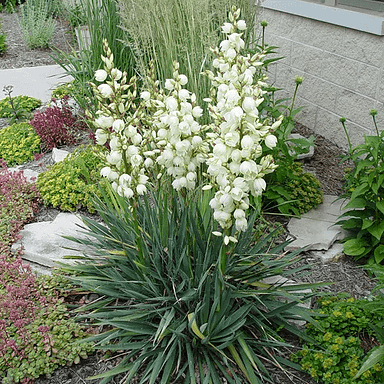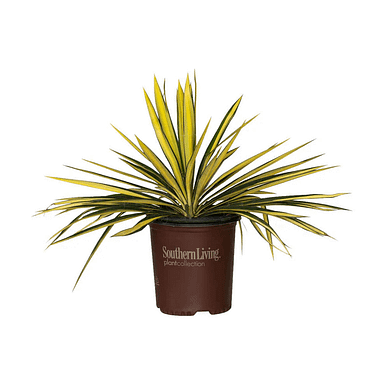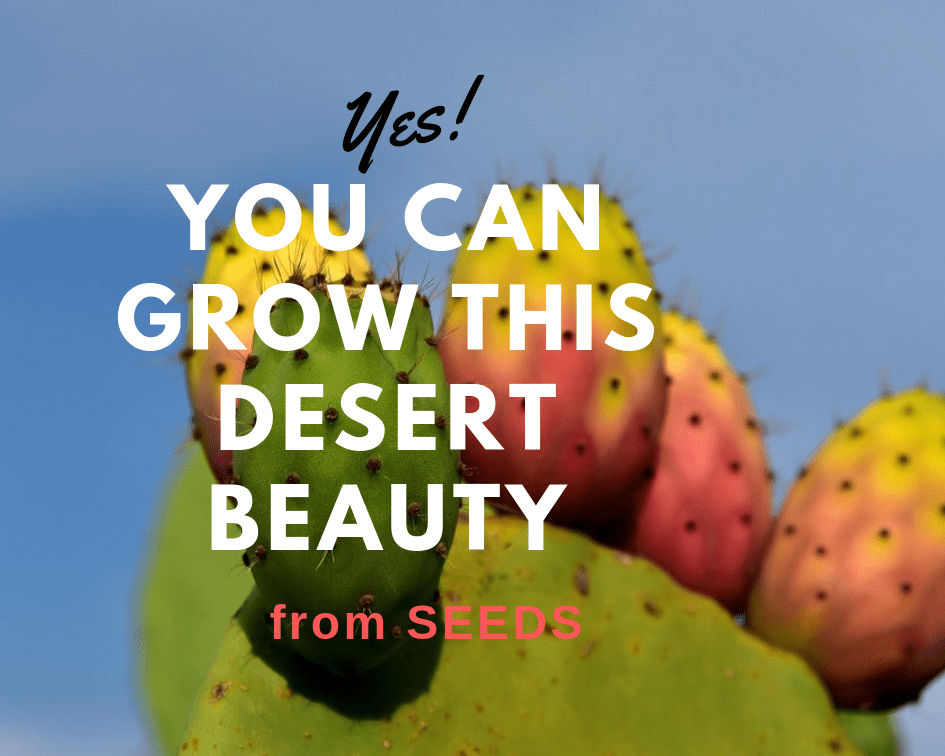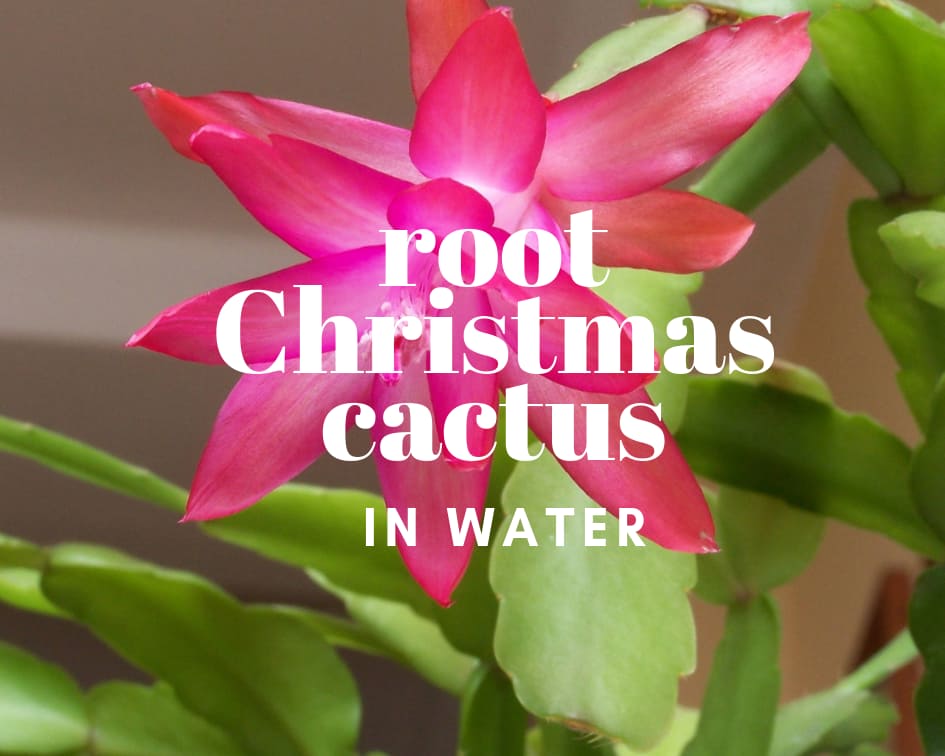This post may contain affiliate links. As an Amazon Associate we earn from qualifying purchases.
Yucca plant care is sort of “set it and forget it.” Perfect plant, right?
First, let’s clear something up. The word “yucca” doesn’t describe just one plant. In fact, Yucca is the name of the genus, in which there are nearly 50 species.
Grown as houseplants, the most popular species is the Yucca gigantea. If you pick it up at your local nursery with the intent to grow it in the landscape, you most likely will choose between Y. filamentosa (common name is Adam’s needle), Y. aloifolia (also known as Spanish bayonet) and Y. elata (aka soapweed).
Where in the world does yucca come from?
Native to the hot and arid regions of the Americas, yucca has adapted to thrive in some of the harshest environments.
Yucca is indigenous to the arid and semi-arid regions of North and Central America, including the southwestern United States, Mexico, and parts of the Caribbean.

These regions are characterized by their dry climates, which have shaped the yucca’s ability to survive with minimal water and in poor soil conditions.
Yucca plant care: its USDA hardiness zones
Yucca plants are well-suited to USDA hardiness zones 5 through 10, depending on the species.
Enter your ZIP Code to find your growing zone here.
This range means that yucca can tolerate a variety of climates, from cooler temperate zones to hot desert regions.
In colder areas, some yucca species may die back to the ground during winter, but they will often regrow in the spring.
Annual or perennial?
Yucca is a perennial plant, meaning it lives for more than two years. Once established, yucca can continue to grow and thrive for many years, providing a long-lasting and low-maintenance addition to your garden.

Best soil to grow yucca
Yucca plants prefer well-draining soil (like most plants, right?), which is crucial to preventing root rot and other moisture-related issues.
Sandy or rocky soil is ideal, as it mimics the yucca’s natural habitat. If your garden soil is heavy clay or retains water, consider amending it with chunky compost and gravel to improve drainage.
Yucca is not particularly fussy about soil pH and can tolerate both slightly acidic and slightly alkaline conditions.
How much sun does a yucca plant need?
Yucca plants thrive in full sunlight, requiring at least six hours of direct sunlight per day. In their native habitats, yuccas are exposed to intense, unfiltered sunlight, which helps them develop strong, healthy foliage and vibrant blooms. In shadier conditions, yucca plants may become leggy and weak, with fewer flowers.
Water requirements
One of the most appealing aspects of yucca is its drought tolerance. Yucca plants require minimal watering once established, making them perfect for low-water gardens and xeriscaping.
During the first year after planting, water your yucca regularly to help it establish a strong root system. After this initial period, yucca plants only need occasional watering during extended dry spells.
Overwatering the mature plant can lead to root rot and other problems, so it’s essential to allow the soil to dry out between waterings.
When and how often to fertilize yucca
Yucca plants are not heavy feeders and generally do not require frequent fertilization. However, applying a balanced, slow-release fertilizer in the spring can promote healthy growth and flowering.
Use a fertilizer formulated for cacti or succulents, following the manufacturer’s instructions for application rates. After the initial spring feeding, yuccas typically do not need additional fertilization for the rest of the growing season. Over-fertilizing can lead to excessive growth and may make the plant more susceptible to pests and diseases.

Types of pests to watch out for
While yucca is relatively pest-resistant, there are a few pests that can occasionally cause problems. The most common pests include:
Yucca weevils: These insects lay their eggs in the stems of yucca plants. The larvae then bore into the stem, causing wilting and damage. Infected plants may show signs of yellowing or dying leaves. Removing and destroying affected parts of the plant can help manage yucca weevils.
Scale insects: Scale insects can attach themselves to the leaves and stems of yucca plants, sucking sap and causing yellowing or stunted growth. Treat scale infestations with insecticidal soap or horticultural oil.
Spider mites: These tiny pests can cause stippling or yellowing of the leaves. Spider mites thrive in dry conditions, so regular misting or washing the plant with a strong stream of water can help keep them in check.
Is yucca prone to any diseases?
Yucca care is made even easier when you don’t have to deal with a ton of disease problems. The plant is generally resistant to many common plant diseases. However, as mentioned earlier, they can be susceptible to root rot if they are overwatered or planted in poorly draining soil.
Symptoms of root rot include yellowing leaves, wilting, and a foul odor from the roots. To prevent root rot, ensure that your yucca is planted in well-draining soil and avoid overwatering.
 Toxicity to pets
Toxicity to pets
Yucca plants contain saponins, which can be toxic to pets if ingested. Symptoms of yucca poisoning in pets include drooling, vomiting, diarrhea, and in severe cases, weakness and lack of coordination.
To keep your pets safe, consider planting yucca in areas that are inaccessible to them or opting for non-toxic plants if your pets are prone to chewing on vegetation.
Little known facts about yucca
Edible parts: While the leaves and stems of yucca are not typically consumed, the flowers and fruits of some yucca species are edible. The flowers can be eaten raw or cooked and are often used in salads or as a garnish. The fruits can be roasted or boiled and have a taste similar to potatoes.
Uses by indigenous peoples: Indigenous peoples of the Americas have used yucca for centuries for various purposes. The fibrous leaves were often used to make rope, baskets, and sandals, while the roots were used for soap and shampoo due to their saponin content.
Pollination by moths: Yucca plants have a unique relationship with yucca moths, which are their primary pollinators. The female moth collects pollen from the yucca flower and deliberately transfers it to another flower while laying her eggs. The larvae feed on some of the developing seeds but leave enough for the plant to reproduce.
Medicinal uses: Some species of yucca have been used in traditional medicine to treat various ailments, including arthritis, inflammation, and skin conditions. The saponins found in yucca roots have anti-inflammatory and antioxidant properties.




